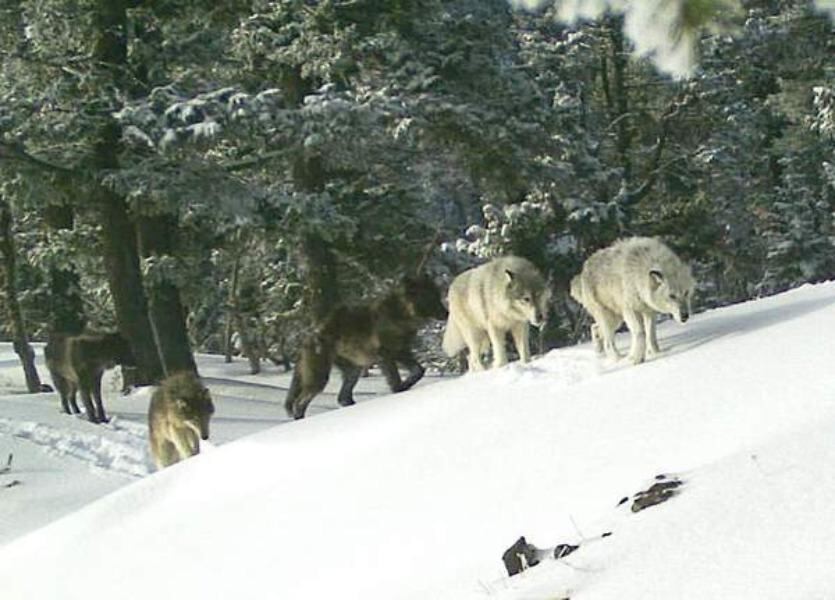
Wildlife officials have confirmed the discovery of a new grey wolf pack along the borders of Lassen, Plumas and Shasta counties, marking another milestone in the species' natural return to California.
The wolves are part of a growing population that has been gradually moving into California from the northern Rocky Mountains, where they were reintroduced in the mid-1990s. The species had been completely wiped out in California in the early 1900s due to hunting.
Kent Laudon, a wolf biologist with the California Department of Fish and Wildlife, notes that the expanding wolf presence has prompted the need for annual population assessments. "With more packs, tracking the population has become increasingly complex," Laudon explains.
Most of California's wolves originated from Oregon, following their initial reintroduction in Yellowstone National Park and central Idaho. Additional wolves migrated from Canada into Montana before heading westward. These remarkable animals can travel thousands of miles to establish new territories.
"When a male and female wolf meet in a suitable location, they form a pair bond and reproduce, establishing a new pack," says Laudon. A single pack's territory can span up to 400 square miles.
The department plans to fit newly discovered wolves with satellite collars to monitor their movements and behavior. Currently, at least eight other wolf packs exist in California, including one as far south as the Sequoia National Forest.
As an endangered species in California, protecting these wolves while managing potential conflicts with livestock remains a priority. Despite preventive measures, some livestock losses to wolves occur annually.
This natural return of grey wolves represents a remarkable transformation from their complete absence in California just over a century ago, highlighting nature's resilience when given the opportunity to recover.